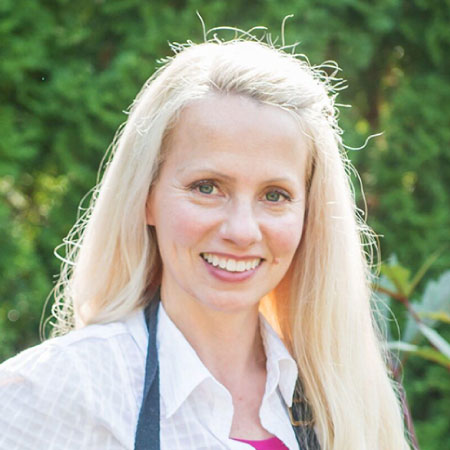Monarch Butterflies - The Super Generation and How You Can Help Their Fall Migration



Monarch butterflies are an exquisite and vitally important part of our ecology and environment. Why are they important? Butterflies are huge contributors to the pollination chain which is essential to our very existence. Without organisms like butterflies, moths, bees, birds, and even bats, our food production would wither, while the diversity of life on earth would also suffer. Learn all about what you can do in our Gardening Know How 5-part master series and consider setting up a feeding station to help them out.
A critical element in our environment for their ability to pollinate, Monarch butterflies do not have an easy life. In fact every year they travel incredible distances to keep their species alive. The annual Monarch butterfly migration takes place from September through November, as they travel thousands of miles to overwinter in certain sites in central Mexico. Then by March they are already undertaking that arduous and taxing journey back to northern locations to lay their eggs. Developing a Monarch waystation in your personal garden or yard is an excellent way to help Monarch butterflies survive such incredible travel distances.
The Amazing Monarch Butterfly Migration
Monarch butterflies travel south when summer days are shorter and the nights are cooler. A mass migration of Monarch butterflies is called a roost or bivouac. It is composed of male and female butterflies. Males are called kings or emperors, while females are queens or empresses. The butterflies travel an astonishing 50-100 miles per day, with a possible 2,500 miles clocked by the end of their journey. During this time they stop and rest in leafy cover and need to find food at each location. The Monarch butterfly in its caterpillar stage feeds solely on milkweed, but adults feed on an array of nectar-containing flowers. Their return flight is just as long, and culminates in the important activity of finding milkweed upon which to lay their eggs.
How Long do Monarch Butterflies Live?
There are 3 generations of the butterfly annually. Adults live 2-6 weeks with the exception of the last generation which survives 8-9 months. This last generation is called the “super generation.”
Tips on Butterfly Gardens
Saving the Monarch species has become a cooperative effort, with many organizations nationally involved in developing habitat to host these special butterflies. Monarch Watch, the Xerces Society, and the National Wildlife Federation are just a few groups focused on the preservation of the insects.
In addition to our video course, Creating a Butterfly Garden, there are lots of resources to be found online. The organization of Monarch Watch has an online site devoted to detailing how to create a Monarch Waystation. A waystation location can provide cover and food for the insects as they travel. This crucial fall season fueling station should comprise 6 components. These are:
- Size
- Exposure
- Shelter
- Milkweed Plants
- Nectar Plants
- Management
Plants That Attract Monarch Butterflies
In regard to plants that will attract and feed Monarchs, the rule of thumb for butterfly gardens is 3x3x3. This is 3 grouped plants, 3 feet of space, and food for 3 seasons. That means planting a wide variety of both fall, summer, and spring bloomers. Planting in groups of 3 encourages pollinators.
Sign up for the Gardening Know How newsletter today and receive a free copy of our e-book "How to Grow Delicious Tomatoes".
Mixing in native, annual, and perennial plants encourages diversity and consistent blooming throughout the three seasons. Annuals such as marigold and Mexican sunflower provide an abundance of much needed nectar for traveling butterflies. Perennials like sedum and agastache will persist year after year as host plants. Herbs of both perennial and annual types bloom copiously and many contain attractive scent and nectar. Wildflowers and native blooming plants are specifically suited to their native ranges and require less management.
When planning a Monarch Waystation, think of the letters in their names:
M-Milkweed
O- One Source for seeds and plants
N- Native plants
A- Asters for fall blooms
R- Repeat by planting in groups
C- Cone activity meaning connecting with different plants
H- Herbs are helpful to the butterflies but also important human culinary resources
Heather Andrews, a master gardener and expert on butterflies, partnered with Gardening Know How to offer a great resource for ideas and tips on how to develop your own butterfly garden.
Check out our course to see what a real butterfly garden looks like and learn how your garden can even become a certified Monarch Waystation. Get design inspiration, and detailed info on plant choices to support our migratory friends. Small changes in your yard and garden can add up to major assistance for these magnificent migratory insects.

Heather Andrews is a published author, an astute photographer, and an avid expert gardener. She spends much of her time helping people create sustainable gardens as a way to attract wildlife, support pollinators and increase vegetable yield using native plants.